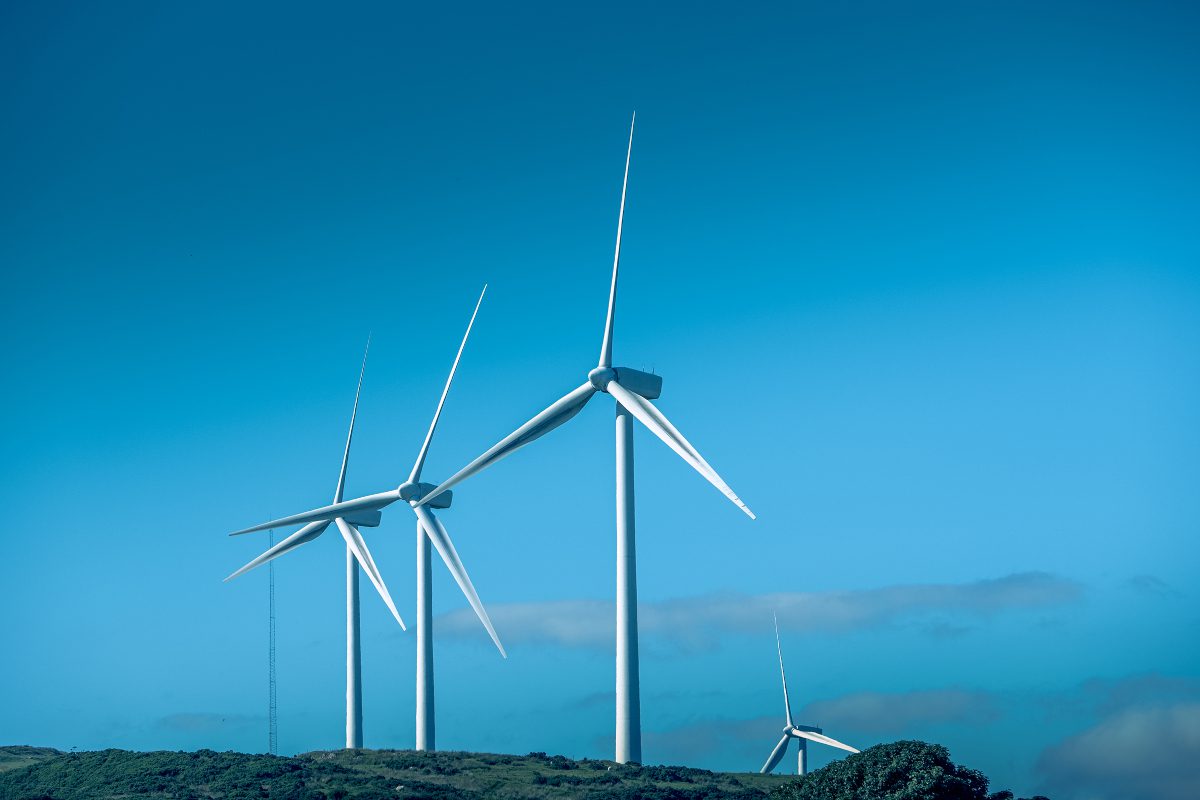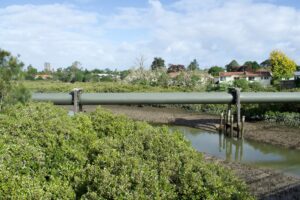

The UK renewable energy industry seemed to cautiously welcome the announcement from National Grid Electricity Systems Operator (ESO) on 2 June that it had lined up new actions to help speed up electricity grid connections by up to 10 years.
The firm said it was introducing targeted further reforms, which build on its five-point-plan, to speed up connections to the electricity grid.
“We have written to parties seeking to connect to the transmission system to ask for updates on progress and project milestones,” said a statement from the group, “so that non-viable projects can be identified enabling those that are ready and able to connect to the grid much more quickly.”
“This follows the decision by the Code Panel, the body in charge of changes to the Codes that govern the energy industry, to recommend changes to Ofgem in how connection contracts are managed, which will enable us to more effectively manage the queue. We are working with Ofgem on these reforms.”
“Energy generators that are not progressing and will not meet their connection date will either be able to choose to move backwards or leave the queue, in order to make way for projects that want to connect and are delivering on their milestones. These reforms will mean that projects will be able to connect up to ten years earlier.”
The group said the milestones that projects will have to meet are common sense points such as raising finance for the project, buying land, getting planning permission, and breaking ground. Projects with timelines impacted by network build delays outside the control of the developers will not be negatively impacted by these changes.
“To help in checking and verifying whether projects are progressing towards their contracted connection dates, we will be supported by an international engineering consultancy and a legal firm.”
To illustrate the scale of the connections challenge, there are approximately 220 projects due to connect to the national transmission system before 2026, totalling circa 40GW – this equates to more than double peak demand in the summer months for all of Great Britain. However only half of these have got planning consent at this stage and some have moved their connection dates back by over fourteen years.
In a further development to help projects to progress even quicker, we are today setting out our support for changes to enable developers to build their own connections into the grid. The final consultation on the code modifications required to give effect to this was published yesterday on the ESO web site.
Responding to the news, Zoisa North-Bond, CEO of Octopus Energy Generation, commented: “It’s brilliant to see this announcement as we’ve long suggested quick practical steps like queue-jumping to help deal with huge delays in connecting projects. It’s great that National Grid ESO is also finally opening up competition in this space.
“While it’s a positive step in the right direction, the devil is in the detail. We’re past the point of polite processes. What we need is fresh thinking beyond the concept of ‘a queue’, like concrete dates to implement steps, a firmer stance on prioritising renewables over fossil fuels, and better use of data to show where projects can connect quicker. This will end the gridlock, unlock Britain’s colossal renewables potential and bring down bills for good.”
Stephen McKellar, Senior Policy Manager at Scottish Renewables, said: “The speed at which renewable energy generation projects can connect to the electricity network is one of the key barriers to net-zero, so anything which helps expediate that process is welcome.
“Scottish Renewables has argued that a fair and proportionate method of dealing with the growing number of projects in the connection queue has been needed for some time, but it is essential that decisions on moving or removing projects is made with the best evidence available to avoid unintended consequences.”
- SEO Powered Content & PR Distribution. Get Amplified Today.
- PlatoAiStream. Web3 Data Intelligence. Knowledge Amplified. Access Here.
- Minting the Future w Adryenn Ashley. Access Here.
- Buy and Sell Shares in PRE-IPO Companies with PREIPO®. Access Here.
- Source: https://envirotecmagazine.com/2023/06/02/get-on-get-back-or-get-out-of-the-energy-queue-eso-announces-urgent-action-to-speed-up-electricity-grid-connections-by-up-to-10-years/
- :has
- :is
- :not
- :where
- $UP
- 10
- 2026
- 220
- a
- Able
- Action
- All
- also
- an
- and
- Announcement
- Announces
- anything
- approximately
- ARE
- argued
- AS
- At
- available
- avoid
- back
- banners
- barriers
- BE
- been
- before
- BEST
- Better
- Beyond
- Bills
- body
- Breaking
- brilliant
- bring
- britain
- build
- but
- Buying
- by
- CAN
- cautiously
- ceo
- challenge
- Changes
- charge
- checking
- Choose
- circa
- code
- codes
- commented
- Common
- competition
- concept
- Connect
- Connecting
- connection
- Connections
- consent
- Consequences
- consultancy
- consultation
- content
- contracts
- control
- data
- Date
- Dates
- deal
- dealing
- decision
- decisions
- delays
- delivering
- Demand
- detail
- developers
- Development
- direction
- disabled
- double
- down
- due
- Earlier
- effect
- effectively
- either
- electricity
- enable
- enabling
- end
- energy
- Engineering
- Envirotec
- equates
- ESO
- essential
- Even
- evidence
- fair
- final
- Finally
- finance
- Firm
- follows
- For
- fossil
- fossil fuels
- fresh
- from
- fuels
- further
- further development
- generation
- generators
- get
- getting
- Give
- good
- great
- Great Britain
- Grid
- Ground
- Group
- Growing
- had
- Half
- Have
- help
- helps
- How
- However
- HTTPS
- huge
- identified
- image
- impacted
- implement
- in
- industry
- International
- into
- introducing
- IT
- ITS
- jpg
- june
- Key
- Land
- Leave
- Legal
- like
- lined
- Long
- made
- make
- manage
- managed
- manager
- mean
- Meet
- method
- Milestones
- Modifications
- months
- more
- move
- moving
- much
- National
- Need
- needed
- negatively
- net-zero
- network
- New
- news
- no
- number
- of
- Ofgem
- on
- ONE
- only
- opening
- operator
- or
- order
- our
- out
- outside
- over
- own
- panel
- parties
- past
- Peak
- permission
- planning
- plato
- Plato Data Intelligence
- PlatoData
- Point
- points
- policy
- positive
- potential
- Practical
- process
- processes
- Progress
- progressing
- project
- projects
- proportionate
- published
- qualified
- Quick
- quicker
- quickly
- raising
- ready
- recommend
- removing
- Renewable
- renewable energy
- Renewables
- required
- right
- Said
- Scale
- see
- seeking
- seemed
- senior
- sense
- setting
- show
- site
- So
- some
- Space
- speed
- Stage
- Statement
- Step
- Steps
- such
- summer
- support
- Supported
- system
- Systems
- targeted
- ten
- than
- that
- The
- their
- There.
- These
- they
- Thinking
- this
- those
- time
- timelines
- to
- today
- towards
- Uk
- unlock
- Updates
- urgent
- us
- use
- verifying
- want
- was
- Way..
- we
- web
- welcome
- What
- whether
- which
- will
- wind
- with
- working
- written
- years
- yesterday
- zephyrnet










